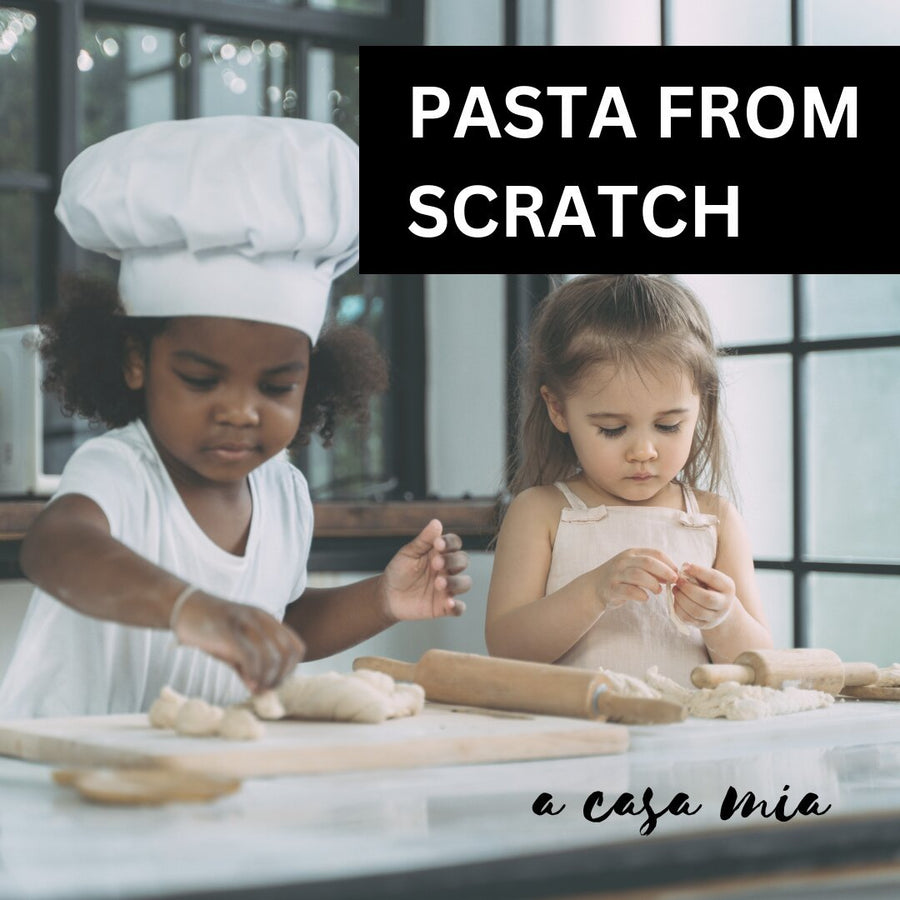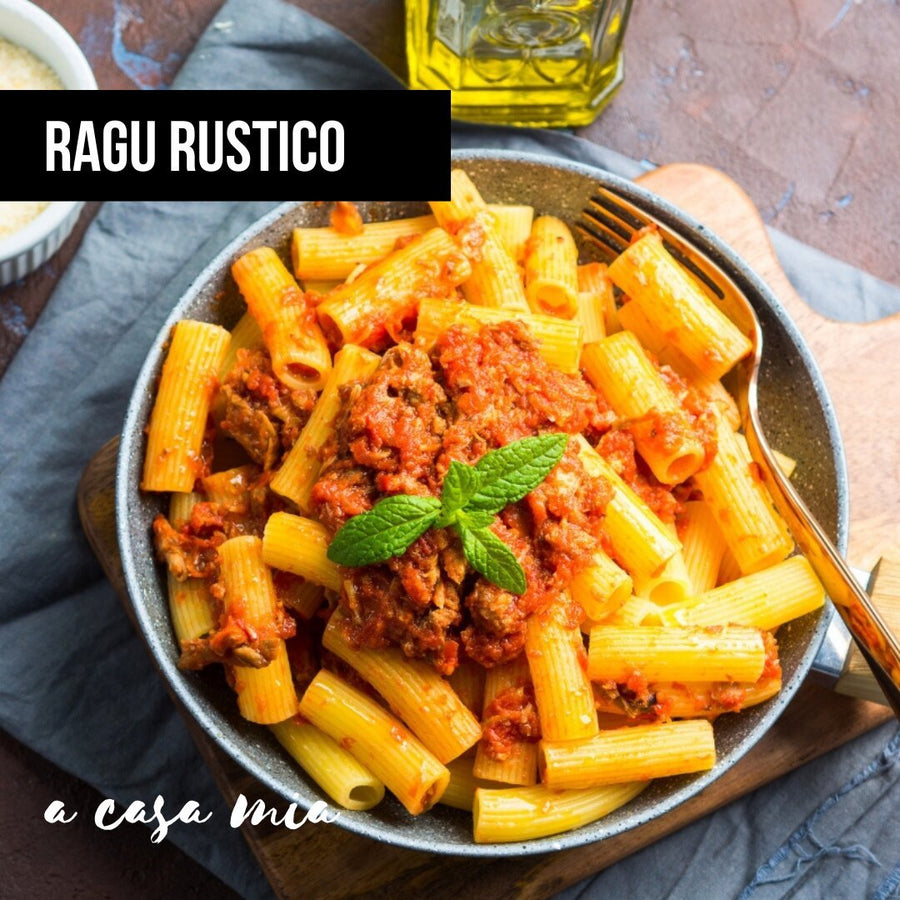The Influence of Ancient Rome on Modern Italian Cuisine
Italy's culinary heritage is as rich and diverse as its storied history, with each region boasting its own distinct flavors, ingredients, and traditions. At the heart of this rich tapestry lies a legacy that dates back to the glory days of the Roman Empire.
From the humble beginnings of cucina povera to the opulent feasts of the elite, the influence of ancient Rome can be felt in every dish, from pasta to pizza and beyond. Join us as we embark on a journey through time to explore how the culinary innovations of ancient Rome continue to shape the authentic Italian experience today.
The Rise of Roman Cuisine:
In the bustling streets of ancient Rome, food was not just sustenance but a symbol of power, status, and culture. The Romans were pioneers of gastronomy, embracing a diverse range of ingredients and cooking techniques from across their vast empire.
From the Mediterranean shores to the fertile fields of Gaul, they brought together flavors and traditions from far-flung lands to create a cuisine that was both eclectic and innovative.
One of the most enduring legacies of ancient Roman cuisine is the concept of "cucina povera," or peasant cooking. Faced with the challenge of feeding a growing empire, Roman cooks learned to make the most of humble ingredients such as grains, legumes, and vegetables.
Dishes like puls (a simple porridge made from spelt or barley) and fava beans with pancetta exemplified the resourcefulness and ingenuity of Roman cooks, laying the foundation for the rustic, hearty fare that characterizes much of Italian cuisine today.
The Legacy of Roman Ingredients:
Many of the ingredients that form the backbone of modern Italian cuisine were introduced to the peninsula by the Romans. Olive oil, garlic, onions, and herbs such as basil and oregano were staples of the Roman diet and continue to be fundamental to Italian cooking today.
The Romans also cultivated a variety of fruits and vegetables, including tomatoes, eggplants, and peppers, which were later incorporated into regional cuisines across Italy.
One of the most iconic Roman contributions to Italian cuisine is pasta. While pasta as we know it today did not exist in ancient Rome, the Romans were skilled in the art of making a precursor known as "lagane."
Made from wheat flour and water, lagane resembled modern lasagna noodles and was often served with savory sauces or baked into layered dishes. Over time, this early form of pasta evolved into the diverse array of shapes and varieties that grace Italian tables today.
Feasting in the Footsteps of Emperors:
In addition to everyday fare, ancient Romans were known for their extravagant feasts and lavish banquets. The culinary excesses of the Roman elite, with their elaborate multi-course meals and exotic ingredients, left an indelible mark on Italian gastronomy.
Luxurious dishes such as roasted peacock, stuffed dormice, and honey-glazed figs showcased the opulence and sophistication of Roman cuisine, inspiring generations of chefs and gourmands.
While modern Italian cuisine may eschew the more extravagant elements of Roman feasting, the spirit of conviviality and abundance lives on in the tradition of the Italian meal.
Whether gathered around a family table or dining al fresco in a bustling trattoria, Italians continue to celebrate the pleasures of good food, good wine, and good company – a legacy that can be traced back to the banquets of ancient Rome.
Preserving Tradition, Embracing Innovation:
While the influence of ancient Rome on modern Italian cuisine is undeniable, Italian gastronomy is far from static. As Italy has evolved over the centuries, so too has its culinary landscape, incorporating new ingredients, techniques, and influences from around the world.
Yet, amidst this evolution, the essence of Roman cooking – simplicity, freshness, and respect for tradition – remains at the heart of the authentic Italian experience.
Today, chefs and home cooks alike draw inspiration from the culinary heritage of ancient Rome, reinterpreting classic dishes with a modern twist and paying homage to the flavors of the past.
From innovative pasta creations to creative uses of seasonal produce, the spirit of Roman gastronomy lives on in the kitchens of Italy and beyond, ensuring that the legacy of ancient Rome will continue to influence and inspire generations of cooks to come.
Key Takeaways
As we savor the flavors of modern Italian cuisine, we are reminded of the enduring legacy of ancient Rome – a legacy of innovation, adaptation, and culinary excellence. From the humblest peasant fare to the most extravagant banquets, the influence of Roman cooking can be seen, tasted, and celebrated in every dish.
As we raise a glass to the culinary traditions of Italy, let us toast to the eternal spirit of la cucina romana – a testament to the enduring power of food to connect us to our past, our present, and our future. For a deeper dive into Italian culinary traditions, visit A Casa Mia's Cooking Kit or learn more about our Italian experiences.









